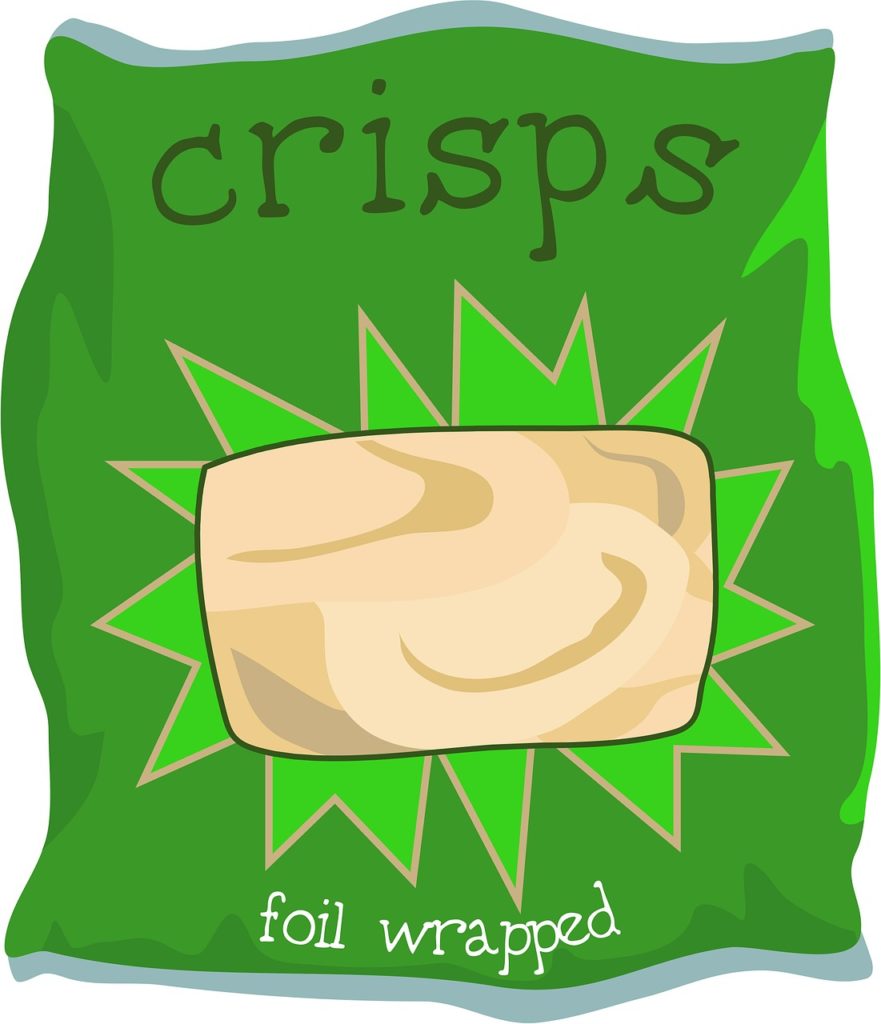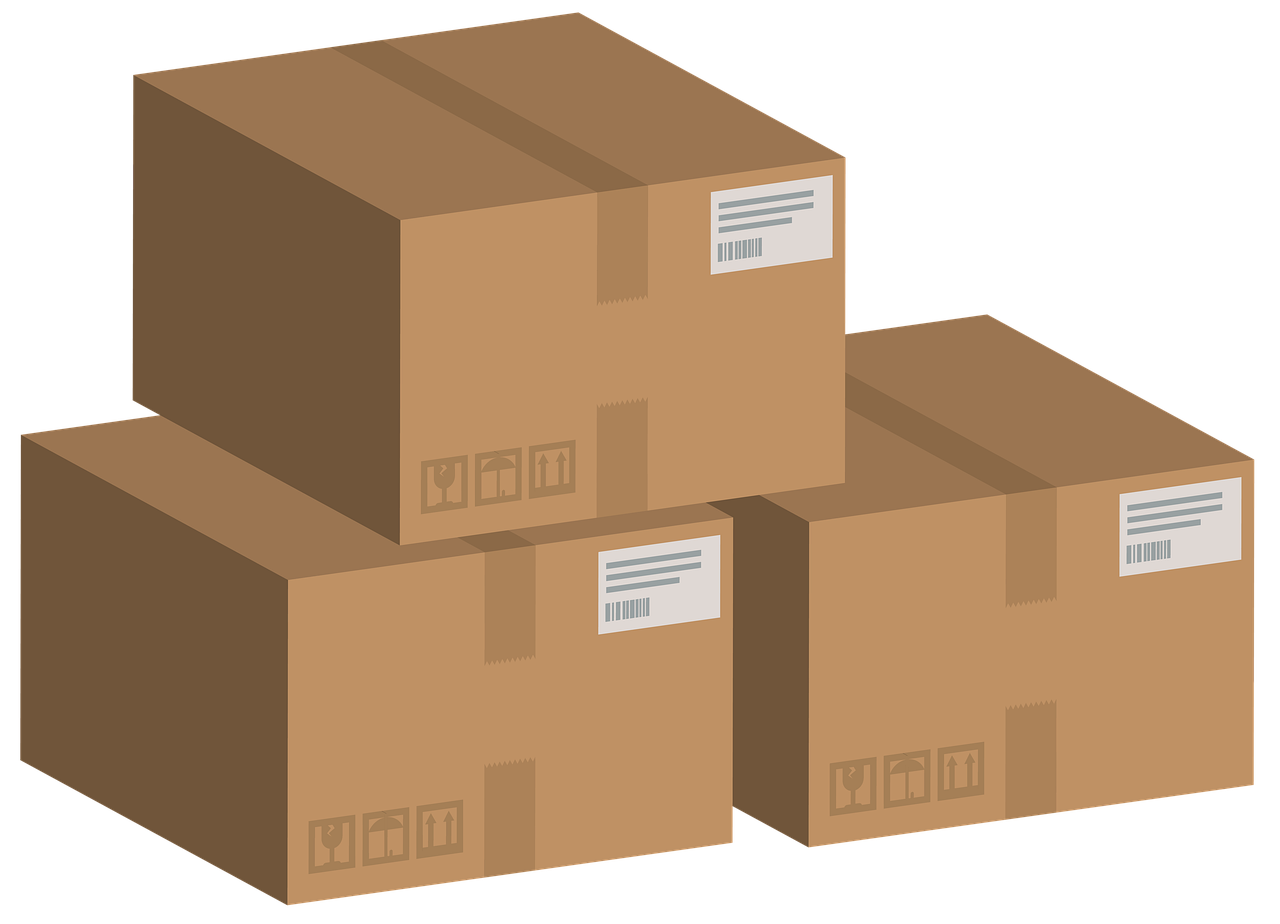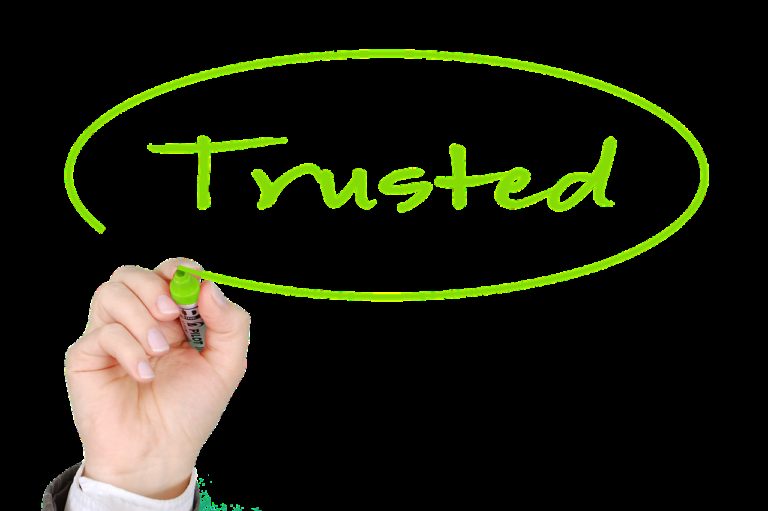Product packaging is all about how the product is displayed, and it is intimately related to consumer impression. It may convey a narrative and set the tone for how you want your whole firm to be seen. Your product box’s clean and contemporary style will make a different impression than a beachy design or one focusing on a rustic, natural appeal.
In a fraction of a second, product packaging says a lot about your brand, with people often determining the worth or quality of a product simply by looking at it. The appropriate packaging may also help you sell more by making you stand out, which is a valuable asset.
Packaging may seem to be a small issue, yet far too many merchants ignore it until the last possible minute. However, packaging is a vital component of your marketing and service strategy and should not be treated lightly.
We’ll guide you through the process of choosing a good package design that will reflect you well and help you boost sales in this article.
Things to Consider When Choosing a Product Package
Colors, aesthetics, size, form, boxes vs. bags vs. wrapping, materials, and other factors all play a role in product package design. It is critical to do a study before making any of these decisions.
You should be aware of four crucial points that will have a substantial influence on your packaging design. These are some examples:
>Who is your target audience?– To create packaging that will appeal directly to your target audience, you must first understand who they are and what they desire from a product in your business. Many males, for example, are unlikely to choose anything in a flowery pink bottle.
>You want to convey certain connotations– What do you want people to remember when they see your logo? Consider the audience here. Natural, rustic packaging works well for organic skin care products when the company emphasizes natural ingredients, but it may not work as well if you want to depict your goods as clinically crafted.
>You should have visual branding in place– Do you have a website, a brand name, and/or a logo? It’s critical to choose packaging that complements what you’re currently doing, rather than working against it.
>What else is going on in the market? You should investigate what your competitors are doing. It’s important to grasp what’s typical so you can choose a design that stands apart. That said, sometimes it’s best to continue with the established quo; if customers expect shampoo to be offered in bottles rather than laminated envelopes, you may want to reconsider.
Types of Product Packaging
1. Packaging for the Product Itself
You must package the products. This instantly safeguards everything you’re selling. Consider the shampoo bottle, the candy bar wrapper, or the box for the jewelry you’re selling. If required, the product packaging also comprises the labels and/or hanging tags that will be attached to the items.

Because the immediate product package will most likely be the focal point, here is where you should begin. What would entice buyers to grab it if they see it on a shelf? Both functionality and aesthetics are crucial in this case.
2. Outer Product Packaging
What method do you use to transport merchandise to customers? What about envelopes, boxes, or anything else? Perhaps you’re delivering shelving boxes to shops or small local retailers as well; what do those boxes look like?
The box or packing in which your items will be delivered is known as outer product packaging, and it is very crucial for shipping reasons. Branded mailing boxes, envelopes, and stickers are often included. This allows you to make a greater impact from the moment the consumer sees the product in the mail.
3. Inside Product Packaging
If you want outside product packaging, you may also require inside product packaging. This comprises anything other than the product that goes inside the outer box or envelope. Shredded paper or packing peanuts, mailer inserts to hold everything in place, instructional manuals or brochures, and other materials may be included.
What Do You Need to Have in Your Product Packaging?
When creating product packaging, there are things you must keep in mind at all times. These are some examples:
- Product names. What is the product’s name? It must be printed on the package.
- Copy that describes the product. This might be a simple slogan or a tiny section on the label outlining precisely what it accomplishes.
- Instructions on how to use and maintain it. Clothing may be handwash only, or you may offer camping equipment that is only fit for specific weather conditions. Clearly state this on the goods.
- Imagery. This includes company logos as well as any product-specific artwork created by your designer.
- Safety labels, nutrition labels, and bar codes are examples of the required information. Depending on what you’re offering, several sectors and localities have specific needs for this kind of information. Check to discover what you need to include on your package.
- Other information, such as batch numbers. Even if the numbers are visibly changing, you must ensure that there is room for this someplace on the package.
Designing Your Product Packages
The brand packaging process consists of six major steps.
1. Conduct Research
Do your homework beforehand. This was discussed previously in the post. You must understand who your target customer is, what’s going on in the market, and what you want your package to say about the product you’re selling. Competitor and market research will be important here, as will creating buyer personas for each specific product if you haven’t already.
Branding and packaging are inextricably linked. Please keep this in mind.
2. Determine the Kind of Product Container
Before making any other selections, you should consider the kind of product container you will need. Product packaging alternatives include:
- Boxes
- Cans
- Bottles
- Jars made of glass
- Envelopes with lamination
- Wrappers
- Cartons
- Tubes made of cardboard

Remember to choose anything that satisfies all of the following requirements:
- Looks fantastic.
- It corresponds to what people would anticipate if there was an industry standard.
- Serves its purpose.
- It will ship successfully.
3. Determine What You Need
After you’ve decided on the specific product containers you want to use, it’s important to consider everything else you could need.
Consider both the practical and aesthetic aspects of getting your goods from your business to the buyer. A shipping container, such as a mailer envelope or box, is required. But what more will you need to guarantee that everything arrives in good condition and that the product is well-protected so that the consumer gets the greatest possible experience?
You may wish to buy branded packaging tape in addition to the branded shipping box. And whether you have conventional product packages that might benefit from a bespoke mailer insert, or you realize you need packing peanuts or shredded paper to ensure your items arrive safely to the consumer.
Consider everything and write a list of everything you need. It will be crucial in the future.
4. Create the Package
This might be a one-time expense in which you employ someone to design the packaging you want, including the outside and inside packaging.
Make it clear what color scheme, graphics, and general style you want to achieve throughout this stage. It’s critical to make your product obvious so that if someone happens to notice it on a shelf, they won’t be left scratching their heads.
Remember to put any necessary information on the package, such as batch numbers and/or safety information. If you forget it the first time, you’ll have to start again and pay for a do-over.
Many printing firms provide package design services, making the process easier for you. You just tell them what you want, and they will handle the more technical details. It is also advisable to look into graphic design packaging services on marketplaces such as Fiverr. There are many excellent designers that can create aesthetically attractive packaging designs.
5. Gather Feedback
When the design is finished, it will be sent to you for approval. Examine it thoroughly. Check all of the text to confirm that it is precise as you want it and that it looks as you envisioned.
Get feedback after you get the final drawings. Ask colleagues with expertise in the ecommerce or retail industries who want you to succeed, or friends with good design sense. If feasible, ask individuals of your target audience, whose views will be very important when the product is really bought.
This is a huge choice, so make it right before you start ordering.
6. Printing
Once you’ve decided on your package, all that’s left to do is pick a printer and get things started. The following are all viable ways for packaging your products:
- Sticker mule for product packaging labels that will be applied on exterior packagings such as boxes or jars.
- Custom designs for product boxes, mailer boxes, and shipping boxes are available from UPrinting and Packlane.
- Lumi for tape, tissue paper, mailer bags, laminated pouches, cotton bags, and envelope sleeves
- PrintingForLess for custom candy wrappers, gift card holders, belly bands, hang tags, folding cartons, and inserts
Many printers will make a prototype for you before you purchase a complete batch. Make use of this to ensure that everything is in order
Conclusion
The process of designing product packaging is clearly complex, and it should not be handled lightly. It has the potential to create or ruin your brand, so make the selection wisely. The ideal packaging will find a balance between cost-effectiveness and aesthetic appeal while being faithful to your brand and what your target audience wants to see.



